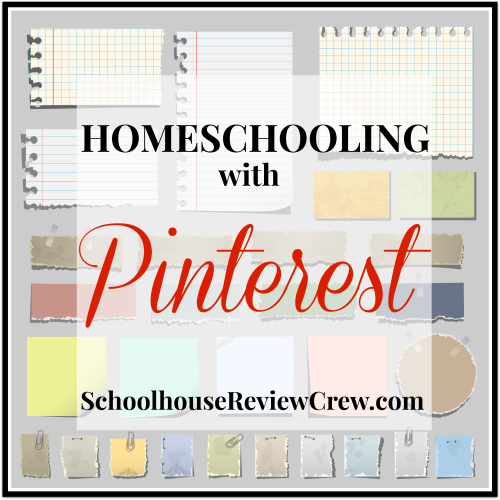The first day of Pinterest Homeschooling went well enough that we felt confident venturing into another day.
Read about our first day making dictionary paper snowflakes here!
We decided to stick with the same theme of using the pages of an old dictionary that I picked up at Goodwill for the purpose of turning into hands-on Pinterest learning art projects. I will, however, mention that my son has refused to take part in any of the dictionary projects because he refuses to tear apart a book (I guess that toddler training of how to take proper care of a book paid off). I would have to agree with him to the point that I cringed while ripping out the pages. But, I decided it was worth it for the overall experience as the girls are learning words and new facts that they wouldn't have otherwise been interested in learning.
A NOTE TO TRADITIONAL TEXTBOOK LEARNERS: I will try to provide a guideline for how to incorporate various learning in a more traditional style throughout these Pinterest Homeschooling blogs, but the idea for us for now is to take our Christmas break and just explore through Pinterest. The process is proving to be amazing.
For starters, you can choose a word and then have your child practice good handwriting skills. Write out the word and its definition, and point out the dictionary punctuation marks. From there, create your own sentences, paragraphs, and stories using each word.
Today's project is to find a dictionary diagram picture and turn it into a larger water color painted image.
I decided to try it out myself before handing it over to the children.
I started with the word waterlily.
I took a picture of the dictionary diagram picture with my phone so I could enlarge it enough to see to freehand sketch it onto the paper.
I'm no artist, but I made my enlarged drawing with pencil:
I then took a paint set that we had bought at a craft store on sale for $7.99. It included water color paints, so I chose the ones I wanted and went to town painting and outlining it with black water color paint.
This is my finished product:
Now, it was time to let my youngest give it a try.
We chose to start with a fairly simple design, a light bulb.
TRADITIONAL LEARNER NOTE: The light bulb holds tons of possibilities. After you have handwritten it and studied its meaning, punctuation marks and used it in a sentence, paragraph, or story; you could also explore how it was invented. Study the biography of Thomas Edison. Here's one biography about Edison, written just for kids.
You could learn about electricity, and make your own light bulb light up with a battery and a paperclip.
This word has almost limitless learning opportunities. The vocabulary alone could include learning about incandescent lamp, inert gas, and filling.
You could include information about the latest swirl light bulbs that are supposed to save energy, though they contain mercury so could be a hazard if they break, and proper disposal of them is actually quite complicated. Or, learn about the difference between halogen lamps and others.
And, of course, according to my daughter; no project is complete without an elephant involved. So, I attempted to draw one of the two elephants pictured in the dictionary. She added a faint tutu.
And, voila! Here's our finished products, though I will admit these are quite addicting!
Find out how other homeschools are using Pinterest for learning:




















Too cute!
ReplyDeleteWhat a cool idea!
ReplyDelete